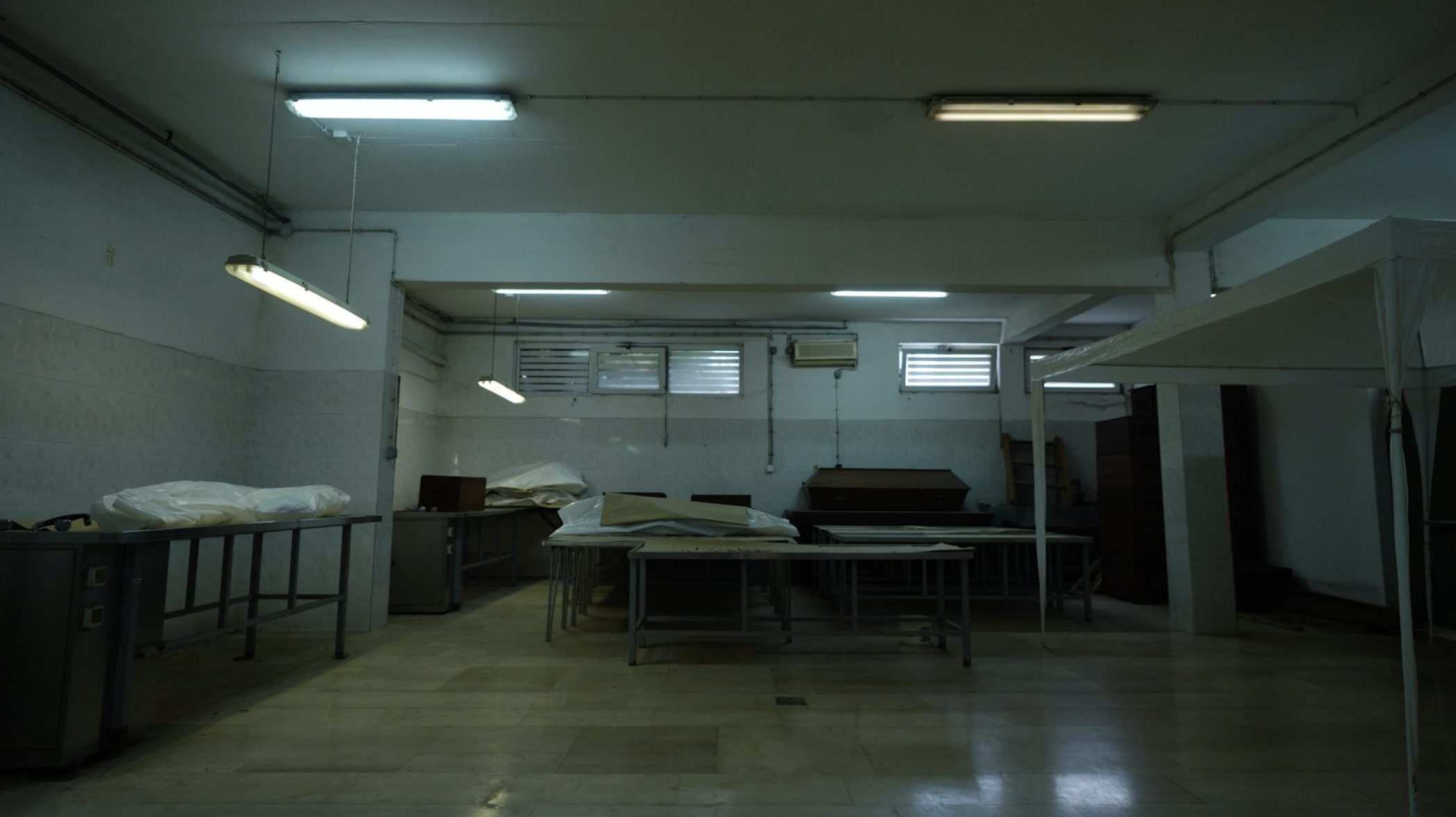This post is also available in: Bosnian
Witnesses in the trial of Ivica “Geza” Vrdoljak said they were routinely beaten in two HVO-run camps in northern Bosnia in 1992.
After examining 10 witnesses and one court expert and presenting more than 30 pieces of material evidence over the past month, the Prosecution of Bosnia and Herzegovina has completed evidence presenting at the trial of Ivica Vrdoljak, former member of the Croatian Defence Council, HVO.
The Defence will start presenting evidence on June 2, when a court expert and the indictee are due to testify.
The indictment alleges that Ivica Vrdoljak, also known as Geza, former member of the 103rd HVO Derventa Brigade, mentally and physically abused Serbian civilians and prisoners of war detained in the “Silos” building in Polje, near Derventa, and in the “Beograd” warehouse in Tulek, a settlement in Bosanski Brod, from late June to late July 1992.
The indictment alleges that Vrdoljak took the detainees from their places of detention and beat them together with other persons.
Ten former detainees described in court what they had suffered while in detention in the course of 1992. Some identified Vrdoljak, blaming him as the perpetrator.
One was Cedo Prodic, who claimed the indictee had abused him in Bosanski Brod. “I still have the scars that Vrdoljak left. He cut my ear with pliers,” Prodic said.
Luka Patkovic, who said he had known the indictee from before the conflict, said he was beaten in detention, and his uncle suffered worse.
“During my detention in the military warehouse in Rabic, my uncle told me that Geza tortured him by gluing red hot steel to his body,” Patkovic said. “I saw those scars.”
“Geza didn’t beat me while I was there, but he did beat me when I was transferred to Silos,” he added.
Radojica Garic recalled being taken out of the room in which he was detained in Silos and struck.
“They took me and four other prisoners to the upper floor, told us to raise our hands and hold them behind our necks and they beat us,” he said.
“They all hit us, and then they took us one by one, into another room and beat us again. I was the fourth to go.
“I saw Geza, who introduced himself. He took a cigarette and rubbed it against my fingers.”
Cvijo Ancic said some detainees spoke of hot irons being pressed against prisoners’ bodies and of people having their ears cut off.
But he admitted never seeing this himself. Indeed, Ancic noted that Vrdoljak had given him a blanket when it was very cold in the camp at Silos.
Witness Borislav Miodanic said that of all the detention camps in which he was held, the worst treatment was in Tulek in Bosanski Brod.
“Vrdoljak used to take me to another room and beat me, together with other people,” he said.“He did the same while I was detained in Polje. He was the one who selected the detainees, who were then taken out and beaten up. They would hit us with baseball and rubber bats.”
Bogdan Radojkovic said Vrdoljak also forced the detainees to beat each other and when they did n’t do it hard enough,“Ivica slapped them”.
Although thanks to his pre-war work in the police he knew most Derventa residents, including Vrdoljak’s family, Radojkovic said he did not recognize the indictee.
However, other detainees told him that the man who had forced them to hit each other was Ivica Vrdoljak.
Witness Svetisav Topalovic said the indictee did not resemble the person he had seen in the prison. “I cannot see any similarities between them,” Topalovic said, adding that several people from Derventa had the same name.
This witness recalled Vrdoljak as “a young and manageable person” and said he did not seek any compensation for what he had gone through. Witness Predrag Nikolic agreed, adding that he did not want to file a criminal suit against Vrdoljak.
The Prosecution examined as a court expert Ljubomir Turkic, a pathologist. He had reviewed the medical reports of the former detainees and had determined the existence of “bodily injuries and scars caused by burns and non-cutting objects”.
The trial continues.
Nadzida Cano is BIRN – Justice Report journalist. Justice Report is BIRN weekly publication.




